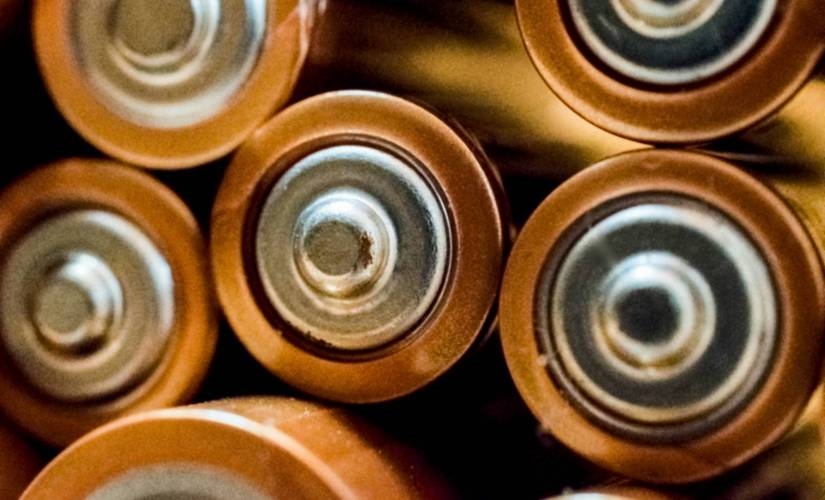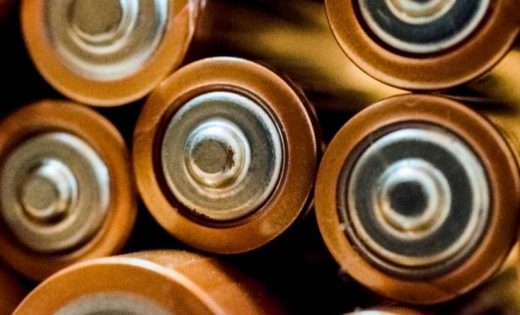Ditch Batteries, Save the Planet with Smart Systems
Ditch Batteries, Save the Planet with Smart Systems

Technology is booming in the home. Technology Convergence and the Smart Home recently reported that US broadband households now own more than ten connected devices. A shortlist of the home connected devices include connected consumer electronics, connected health devices, smart locks, thermostats, security cameras, sprinkling systems, and more. But long-range wireless power promises less waste and lower cost with these smart home systems.
Interoperability and connectivity are two key deciding factors in purchase decisions. As the number of devices increases in the home, so does the need to keep them consistently charged and working (no one wants the smart lock on their front door to lose power).
For those smart home devices that still call for the use of traditional batteries, consumers are faced with both an enormous amount of battery waste and high replacement costs. Also, because batteries only have a small total energy capacity, manufacturers are forced to sacrifice device functionality just to extend battery life.
Taking Charge Without the Waste
The proliferation of devices is driving the need for a sea-change in how those devices are powered. Batteries are expensive, wasteful, and often die quickly, leaving our smart home devices unusable, sometimes for days.
Annually, Americans discard approximately 180,000 tons of batteries (more than three billion batteries), of which 86,000 tons are single-use alkaline batteries that cannot be recycled.
Placed end to end, the dead alkaline batteries alone would circle the world at least six times. Much of this waste ends up in landfills, not only taking up precious land but also allowing harmful chemicals to leach into the surrounding soil and waterways.
Despite advances in battery and charging technologies – like longer-lasting lithium-ion rechargeable batteries — a new Zogby report talks of, “Charging America 2019.” The Current State of Power Options for Smart Home and Mobile Devices, found that 40 percent of consumers have to replace smart home device batteries multiple times per month.
A New Path – Long-Range Wireless Power
Not only do we need a more sustainable energy delivery approach for the benefit of our planet, but consumers are also hungry for alternative energy options. They want possibilities that will give them more excellent reliability and reduce their costs associated with having to purchase a plethora of batteries continually.
25 percent of consumers that are investing in smart home technology said that they would spend an additional 10 percent or more for a smart home device with long-range wireless power if that meant making the device more mobile, easier to install and less of a hassle to service on a reoccurring basis.
Long-range wireless power is the disruptive technology that is cutting the cord.
Long-range wireless power is the disruptive technology that is cutting the cord on a soon to be an archaic system of powering devices, especially in the smart home.
The process? A wireless power transmitter sends safe infrared beams to a receiver (typically embedded in the devices to be powered), and a small photovoltaic cell in the receiver converts the light to electricity. The concept is similar to solar panels converting sunlight into electricity.
Infrared beams can travel with little degradation over a distance, efficiently and safely providing wireless power across a room. The infrared process dramatically reducing the need for batteries, and thus decreasing the environmental footprint caused by battery waste.
The infrared method of charging frees up manufacturers to create the smart home devices that consumers desire, free of the power limitations imposed by batteries.
Long-range wireless charging will turn the tide on battery waste with a more sustainable way to charge not only smart home devices, but mobile phones, tablets, wireless speakers, and industrial sensors.
Long-range wireless eliminates the need for batteries and power cords altogether. It’s a win-win for consumers, manufacturers, and most importantly, our planet.
The time is now for this disruptive tech to enter the entire industry. The long-range technology will innovate and prepare for a new way of charging the growing prominence of smart devices in our daily lives.
Just like WiFi-enabled a new class of products — long-range wireless charging can usher in the next generation of powered, eco-friendly smart devices.
Image Credit: Hilary Halliwell; Pexels
The post Ditch Batteries, Save the Planet with Smart Systems appeared first on ReadWrite.
(20)


